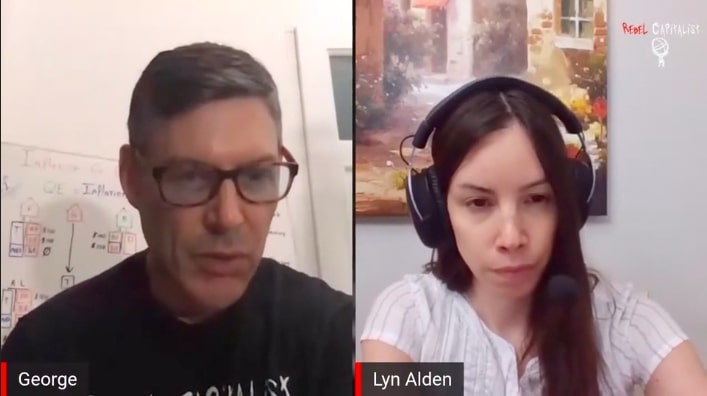


"On the other hand, if a collection of diversified investments can offer a 10 percent rate of return with a narrower range of 9 percent to 11 percent, then the risk of the transaction has been dramatically reduced." "Even if the cost of borrowing is low, say 4 percent, the transaction is very risky. "Take an investment that offers an expected return of 15 percent, but with actual results that might range between 15 percent and 30 percent," said Sury. But because borrowing costs are fixed and stock market gains are variable and unpredictable, it is not a perfect formula, he said. Today the spread between the two is so wide that with proper diversification, it can still work. "If the returns exceed the cost, then the transaction makes economic sense." Michael Sury, lecturer of finance at the University of Texas at Austin. "The decision to invest with borrowed money comes down to comparing the cost of borrowing versus the expected investment returns," said S. Borrowing "on margin" - or using stock you already own to buy more stock - is one thing, but borrowing against your home to buy stocks is another.
#LYN ALDEN EDUCATION PROFESSIONAL#
Professional traders have used leveraged money from brokers and lenders to invest in exchange-traded funds and other stocks for decades, but this tactic can be ruinous for the average individual investor who is not careful, say investment and finance experts. Still, the temptation now to use historically low-interest money from mortgages, personal credit lines and 401(k) plans to invest in the stock market is great, especially as the Dow is reaching historic heights at more than 26,000 - a milestone unfathomable in 2009, during the Great Recession. Personal Loans for 670 Credit Score or Lower

Personal Loans for 580 Credit Score or Lower Best Debt Consolidation Loans for Bad Credit


 0 kommentar(er)
0 kommentar(er)
